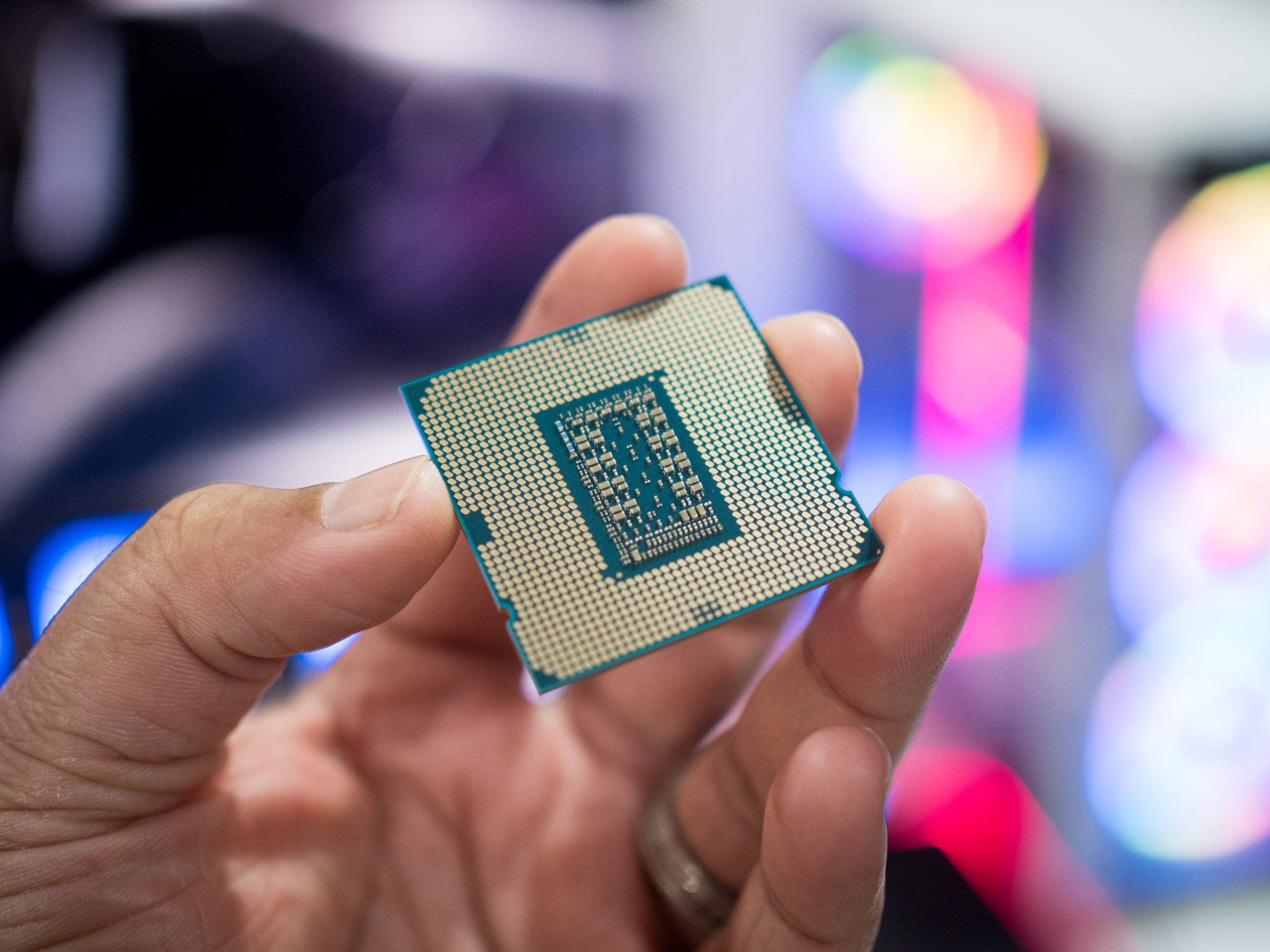Intel's future is now.
What you need to know
- Intel revealed some of its plans for the next four years.
- Among those plans include node rebrandings and entering a new era of semiconductors.
- The angstrom era of semiconductors is slated to begin in early 2024.
Intel announced a slate of upcoming developments at its Intel Accelerated event on July 26, 2021. Chief among those news items was the rebranding of the 10nm Enhanced SuperFin node to Intel 7, which parallels TSMC's naming game. Intel 7 will be the name of the company's third-gen 10nm tech, Intel 4 will translate to Intel's 7nm tech, and Intel 3 is coming in the second half of 2023 (product names and release dates are yet to be announced). Intel 3 is set to deliver an 18% performance-per-watt boost compared to Intel 4.
Intel has more than rebranding on the agenda, however. Coming in the first half of 2024 will be Intel 20A, ushering in the angstrom era of chip design. Angstroms are a unit of measurement equal to 0.1nm. It will introduce the new transistor architecture RibbonFET (Intel's first gate-all-around design that will allow for greater transistor density) and PowerVia, a tech that will enhance power efficiency.
Then, in early 2025, prepare for Intel 18A, which will bring with it the second generation of RibbonFET. Details on Intel 18A are light at the moment, and given that it's four years out, that's not terribly surprising. Even so, expect more details as that year gets closer.
As for other major announcements from Intel, it also presented news on its Foveros Direct and Foveros Omni technologies. Omni will allow for optimized data signal and power routing, while Direct will lower power consumption (among other benefits) and allow for higher bandwidth. Expect these to enter production in 2023. And as one more important announcement, Sapphire Rapids chips for data centers are planned for production in 2022's first quarter.






0 comments:
Post a Comment